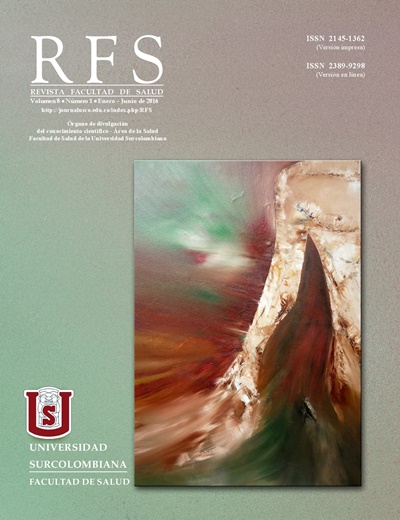Effectiveness of a cognitive intervention in executive functions to improve mental flexibility in children with attention deficit disorder and hyperactivity
##plugins.themes.bootstrap3.article.main##
The Attention Deficit Hyperactivity Disorder (ADHD) is a behavioral syndrome that occurs in childhood, especially in the male population, is characterized by hyperactivity, impulsivity, and sometimes, accompanied by inattention and inappropriate operation according to the demands of the context. This behavior is more frequent in the school population, that has its beginning in childhood and it affects the activities of the child who suffers from it. It is quite probable that this affectation persists to throughout life, if not treated on time. It is estimated that 5.1 million children have a diagnosis of ADHD in the world. The global prevalence of this disorder ranges from 3% to 7%. Objective. To determine the effectiveness of a cognitive stimulation program in executive functions to improve mental flexibility in children with ADHD. Methodology. Type of quantitative study, quasi-experimental, with control group, pretest-training-postest. Materials and methods: The participants of the study were 51 children school age, 34 diagnosed with ADHD (experimental group) and 1 7 children who do not present any symptoms that suggests behavioral alterations (control group) Results. The experimental group showed to benefit from training and this evidence the significant gain with respect to the control group in tests that measure the executive system.
Downloads
##plugins.themes.bootstrap3.article.details##
VISSER SN, DANIELSON ML, BITSKO RH, HOLBROOK JR, KOGAN MD, GHANDOUR RM, ET AL. Trends in the parent-report of health care provider-diagnosed and medicated attention-deficit/hyperactivity disorder: United States, 2003–2011. Journal of the American Academy of Child & Adolescent Psychiatry. 2014;53(1):34-46.
TRUJILLO-ORREGO N, PINEDA DA, URIBE LH. Validez del diagnóstico de trastorno por déficit de atención/hiperactividad: de lo fenomenológico a lo neurobiológico (I). Rev Neurol. 2012;54:289-302.
FILIPPETTI V, MÍAS C. Neuropsicología del trastorno por déficit de atención/hiperactividad: subtipos predominio déficit de atención y predominio hiperactivo-impulsivo. Revista Argentina de Neuropsicología. 2009;13:14-28.
LAWRENCE V, HOUGHTON S, DOUGLAS G, DURKIN K, WHITING K, TANNOCK R. Executive function and ADHD: A comparison of children’s performance during neuropsychological testing and real-world activities. Journal of attention disorders. 2004;7(3):137-49.
BADDELEY AD, HITCH G. Working memory. The psychology of learning and motivation. 1974;8:47-89.
ALMEIDA L. Alteraciones anatómico-funcionales en el Trastorno por déficit de la atención con hiperactividad. Salud Mental. 2005;28(3):1.
ESTÉVEZ-GONZÁLEZ A, GARCÍA-SÁNCHEZ C, JUNQUÉ C. La atención: una compleja función cerebral. Revista de neurología. 997;25(148):1989-97.
SÁNCHEZ-CARPINTERO R, NARBONA J. Revisión conceptual del sistema ejecutivo y su estudio en el niño con trastorno por déficit de atención e hiperactividad. Revista de Neurología. 2001;33(1):47-53.
GRANT DA, BERG E. A behavioral analysis of degree of reinforcement and ease of shifting to new responses in a Weigl-type card-sorting problem. Journal of experimental psychology. 1948;38(4):404.
STROOP JR. Studies of interference in serial verbal reactions. Journal of experimental psychology. 1935;18(6):643.
GOLDEN CJ. A group version of the Stroop Color and Word Test. Journal of personality assessment. 1975;39(4):386-8.
LI F, HE N, LI Y, CHEN L, HUANG X, LUI S, ET AL. Intrinsic brain abnormalities in attention deficit hyperactivity disorder: a resting-state functional MR imaging study. Radiology. 2014;272(2):514-23.
DELGADO-MEJÍA I, ETCHEPAREBORDA MC. Trastornos de las funciones ejecutivas. Diagnóstico y tratamiento. Revista de neurología. 2013;57(1):95-103.
ABAD-MAS L, RUIZ-ANDRÉS R, MORENO-MADRID F, HERRERO R, SUAY E. Intervención psicopedagógica en el trastorno por déficit de atención/hiperactividad. Revista de Neurología. 2013;57(Supl 1):S193-203.




 Perfil Google Scholar
Perfil Google Scholar






